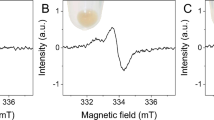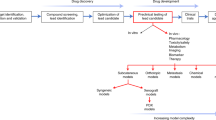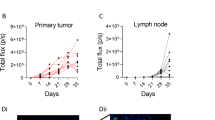Abstract
A human melanoma cell line with unusually high growth potential was established from a xenograft growing in athymic mice. When xenograft fragments were cultured in vitro, melanoma cells grew out rapidly without any contamination of mouse stromal cells. An established cell line, FME, derived from this tumour, grew both in monolayer and in shaker suspension culture with doubling times of about 20 h. The cells grew easily at low serum concentrations and could even be cultured in serum-free medium supplemented with insulin and transferrin. The cultured cells were hyperdiploid, as were the cells of the xenograft. The cells grew easily in soft agar and formed tumours in athymic mice. When growing exponentially, the cells were almost unpigmented, but when grown to high density, their melanin content increased. Upon treatment with dimethyl sulphoxide (DMSO), retinoic acid and theophylline, as well as with the tumour promoter 12-O-tetradecanoyl phorbol-13-acetate (TPA), the cells showed growth inhibition and increased melanin synthesis.
This is a preview of subscription content, access via your institution
Access options
Subscribe to this journal
Receive 24 print issues and online access
$259.00 per year
only $10.79 per issue
Buy this article
- Purchase on Springer Link
- Instant access to full article PDF
Prices may be subject to local taxes which are calculated during checkout
Similar content being viewed by others
Rights and permissions
About this article
Cite this article
Tveit, K., Fodstad, Ø., Johannessen, J. et al. A human melanoma cell line established from xenograft in athymic mice. Br J Cancer 41, 724–733 (1980). https://doi.org/10.1038/bjc.1980.134
Issue Date:
DOI: https://doi.org/10.1038/bjc.1980.134
This article is cited by
-
Extracellular lipidosomes containing lipid droplets and mitochondria are released during melanoma cell division
Cell Communication and Signaling (2024)
-
Polymerized human hemoglobin facilitated modulation of tumor oxygenation is dependent on tumor oxygenation status and oxygen affinity of the hemoglobin-based oxygen carrier
Scientific Reports (2020)
-
Establishment in monolayer culture and characterization of four human melanoma cell lines
Virchows Archiv B Cell Pathology Including Molecular Pathology (1991)
-
Establishment, characterization, and response to cytotoxic and radiation treatment of three human melanoma cell lines
In Vitro (1983)



